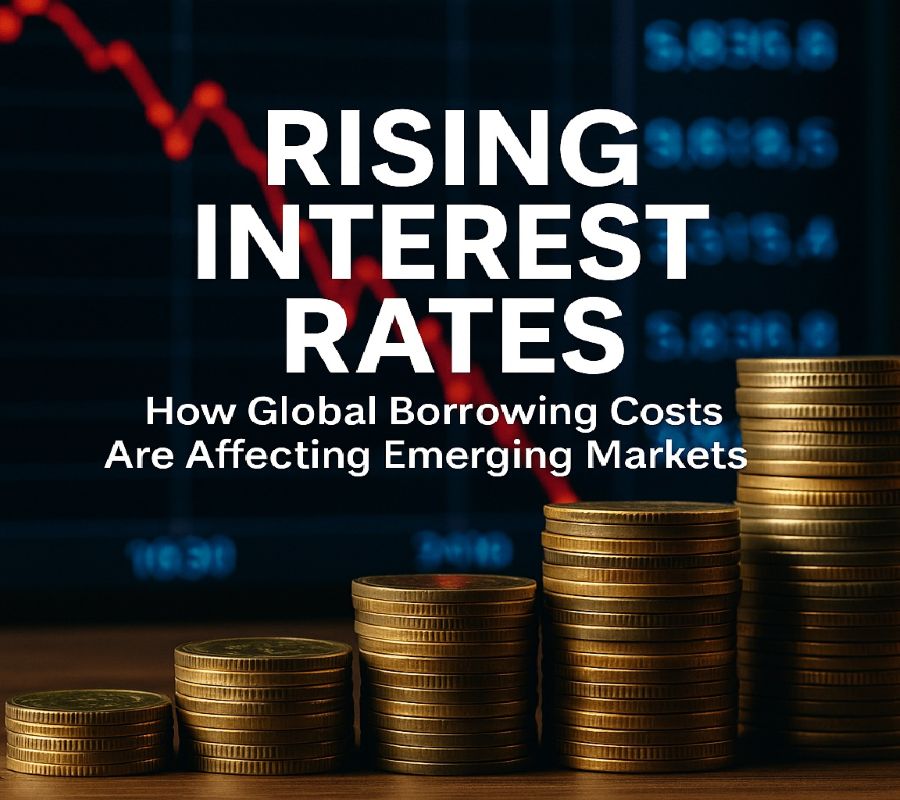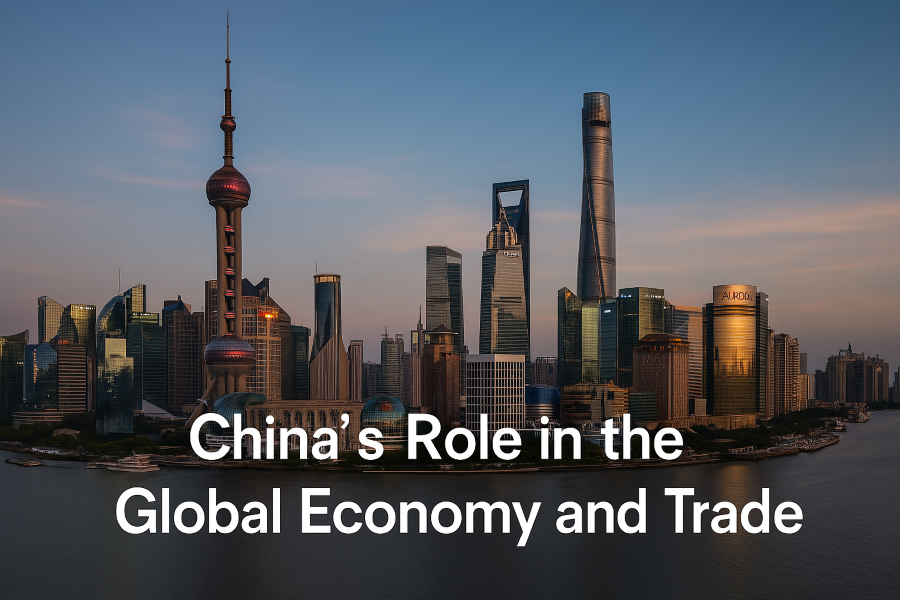China is more than just the world’s factory—it’s a driving force behind global trade, investment, and economic strategy. Whether you’re an investor, entrepreneur, or simply someone trying to understand the world economy, knowing how China fits into the puzzle is crucial for making smart decisions.
Why China’s Economic Role Matters
Over the past two decades, China has become a global economic powerhouse, influencing everything from supply chains to financial markets. Its policies, growth, and global partnerships directly affect the price of goods, trade routes, and even investment trends.
1. Manufacturing and Export Powerhouse
China leads global manufacturing with its massive infrastructure, cost-effective labor, and advanced technology. The country is a top exporter of electronics, machinery, and consumer goods.
Quick facts:
- Accounts for nearly 15% of global exports
- Major trading partners include the U.S., EU, and ASEAN countries
- Plays a vital role in tech supply chains (like semiconductors and batteries)
2. Foreign Investment and Belt & Road Initiative (BRI)
China’s Belt & Road Initiative is a mega project aimed at enhancing global infrastructure and trade networks, especially in developing regions. It’s also a tool for expanding China’s economic influence.
Impact:
- Boosts investment in Asia, Africa, and Latin America
- Connects 60+ countries through railways, ports, and pipelines
- Creates new trade opportunities for international businesses
3. China’s Stock Market and Global Investments
As China gradually opens up its financial markets, global investors are paying closer attention to Chinese stocks and bonds. Sectors like tech, green energy, and e-commerce are booming.
Top sectors to watch:
- Renewable energy companies (like solar and EV)
- Online retail giants (Alibaba, JD.com)
- Fintech and digital payment platforms (WeChat Pay, Alipay)
4. Risks and Opportunities
While China presents massive opportunities, it also comes with risks: political tension, regulatory crackdowns, and economic slowdowns can impact markets globally.
Key challenges:
- U.S.-China trade tensions
- Real estate bubble concerns
- Strict data and tech regulations
5. The Future: Collaboration or Competition?
China’s growing influence raises questions—will it collaborate with other powers to stabilize the economy, or compete for dominance? The truth likely lies in a mix of both.
What to expect:
- Stronger regional trade agreements (like RCEP)
- Continued focus on tech independence
- Push for global yuan adoption in international trade
Final Thoughts: Stay Informed, Stay Ahead
Understanding China’s role in the global economy helps you make better financial, career, and business decisions. Whether you’re planning your investments or growing your business, awareness of global dynamics is a powerful tool.




